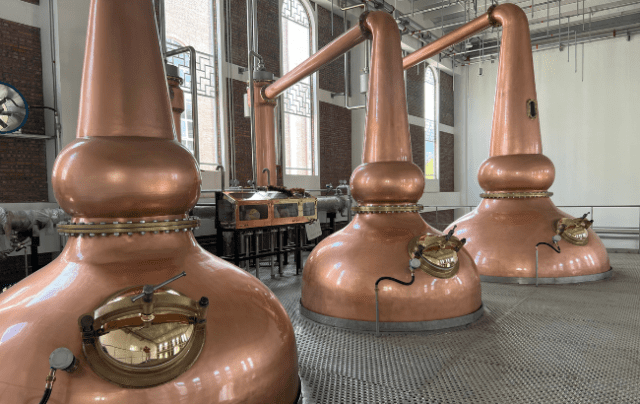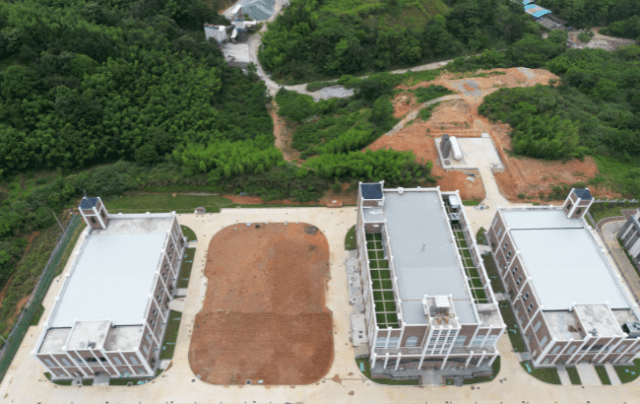Nine Rivers Distillery begins production in China
By Miona MadsenAfter seven years of planning and construction, crowdfunded distillery Nine Rivers has fired its stills and filled its first whisky casks.

Nine Rivers Distillery in Longyan, Fujian Province, was founded in 2018.
The multicategory distillery credits 20 people as founders, including CEO Jay Robertson.
Three hundred whisky enthusiasts from 28 different countries, who ‘share a vision to do something really special in the world of whisky’, funded the project.
Nine Rivers is home to three copper pot stills: two spirit stills and a 15,000-litre wash still. The still house spans 1,500 square meters, 1,000 of which is open plan. The initial capacity for an annual output will be 1.3 million litres of pure alcohol (LPA).
The distillery produced its first mash on 25 June, followed by its first wash distillation on 30 June and second on 1 July. The first spirit distillation took place on 30 June, with the second on 2 July.
Nine Rivers filled its first whisky casks on 10 July. The distillery chose smaller 58-litre casks for its first new make to obtain samples on how its spirit matures, more quickly than it would in larger casks.
The distillery also plans to produce vodka, gin, and rum.
For whisky enthusiasts in China, Nine Rivers has already released a six-strong series called The Founders’ Casks, showcasing the types of whiskies the distillery aims to produce.
The site and future expansions
The Nine Rivers site has a modular design, allowing the distillery to increase its capacity to 3.5 million LPA by adding more equipment. Additionally, space is available for a second non-distilling production building, which would enable the facility to further expand its capacity to 7.5 million LPA in the future.
Nine Rivers operates its own floor maltings, which currently span 4,000 square meters. With an additional production building, this capacity will expand to 8,000 square meters. The entire malting process is done manually, with machinery used only for roasting the malt.
The distillery sources some of its malted barley from various parts of the world, with selection based on flavours and aromas rather than the alcohol yield. Although Nine Rivers will use peated malt, this cannot be produced on-site due to Chinese regulations.

For fermentation, Nine Rivers employs a variety of yeast ‘payloads’, which utilise multiple types of yeast throughout the fermentation process, including some sourced locally from fruit orchards in the area.
The facility features a 30-ton mash tun, which uses seven tons of malt per batch. With the upcoming expansion, Nine Rivers plans to add another mash tun of the same size.
While production began with three stills, the distillery intends to increase this to 10 stills. These will include smaller spirit stills with capacities of just under 6,000 litres and two larger wash stills, each with a capacity of 30,000 litres.
Next year, the distillery hopes to build a cooperage on site as part of its commitment to wood quality control. The planned cooperage will have a capacity of 100,000 barrels per year, with up to 50,000 assigned for the use of the distillery. The rest will be crafted for other distilleries in China, which align with Nine Rivers’ values.
Related news
TWE unveils its Whisky of the Year
